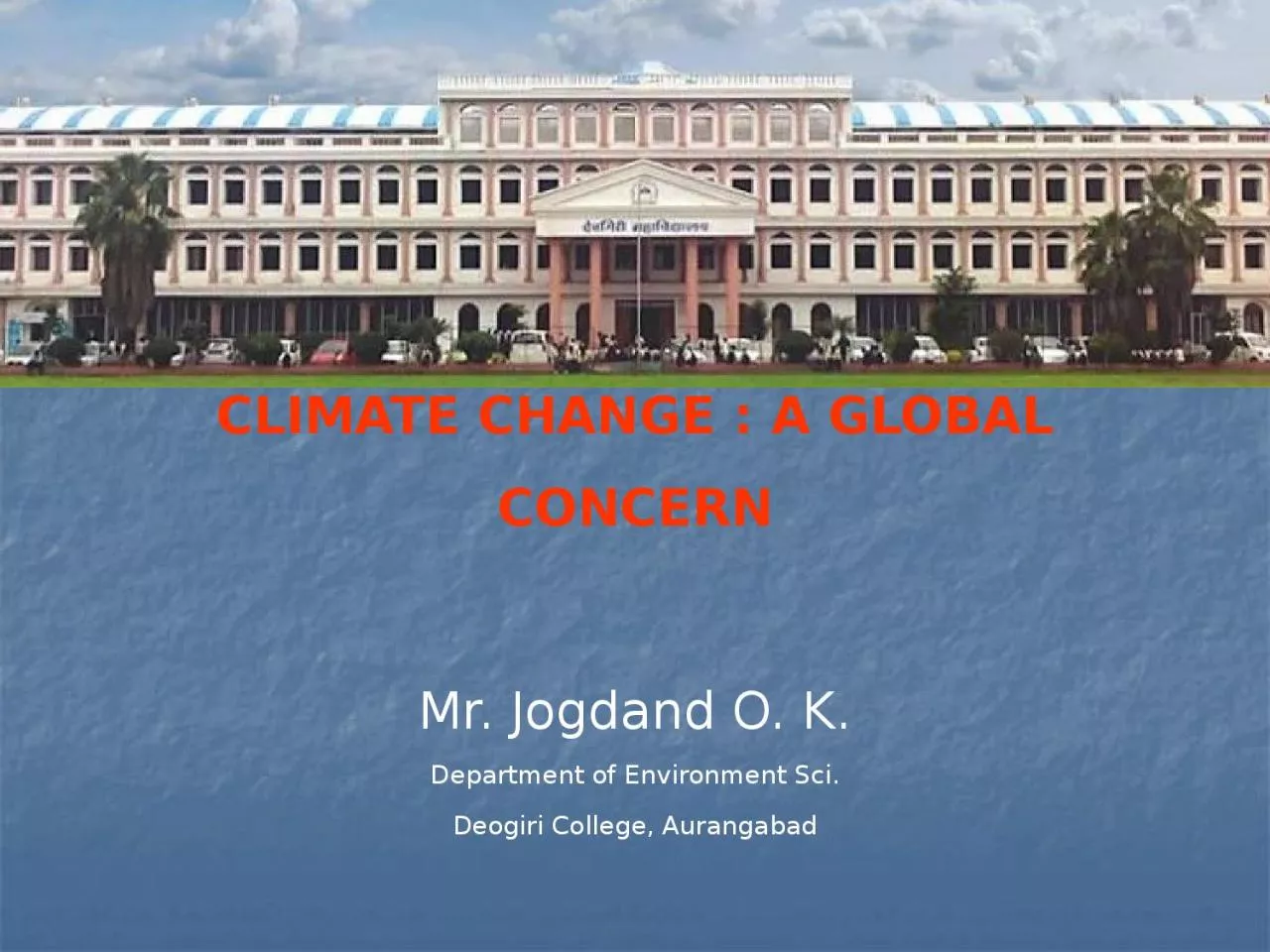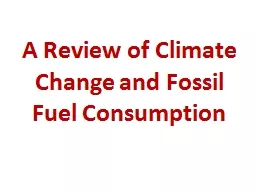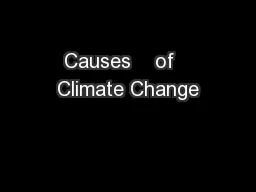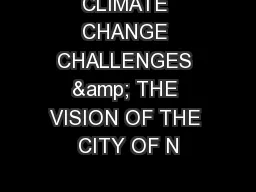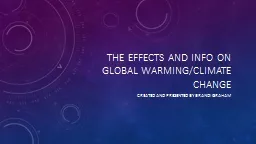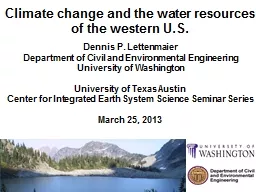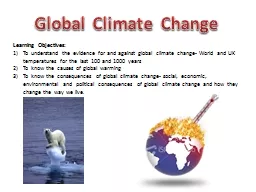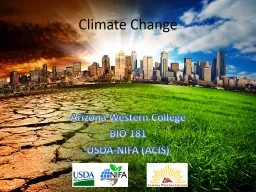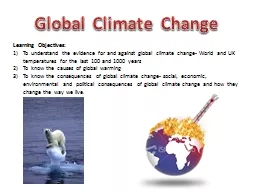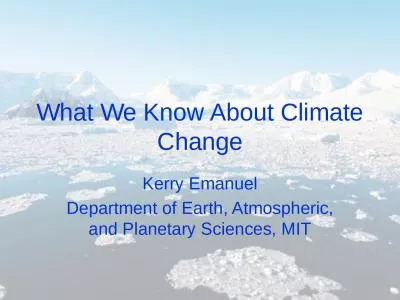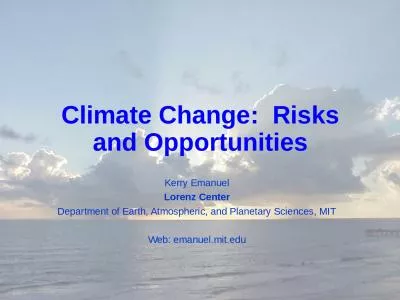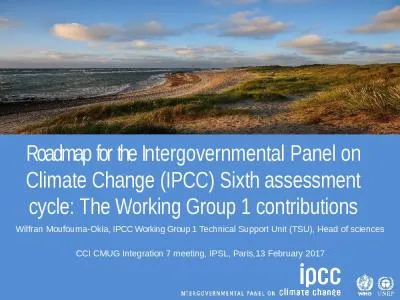PPT-CLIMATE CHANGE : A GLOBAL
Author : skylar | Published Date : 2024-03-13
CONCERN M r J ogdand O K Department of Environment Sci Deogiri College Aurangabad CLIMATE CHANGE A GLOBAL CONCERN Presented By Jogdand Onkar Kishanrao Dept
Presentation Embed Code
Download Presentation
Download Presentation The PPT/PDF document "CLIMATE CHANGE : A GLOBAL" is the property of its rightful owner. Permission is granted to download and print the materials on this website for personal, non-commercial use only, and to display it on your personal computer provided you do not modify the materials and that you retain all copyright notices contained in the materials. By downloading content from our website, you accept the terms of this agreement.
CLIMATE CHANGE : A GLOBAL: Transcript
Download Rules Of Document
"CLIMATE CHANGE : A GLOBAL"The content belongs to its owner. You may download and print it for personal use, without modification, and keep all copyright notices. By downloading, you agree to these terms.
Related Documents

